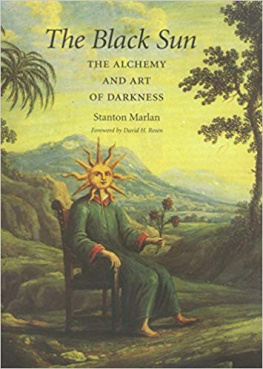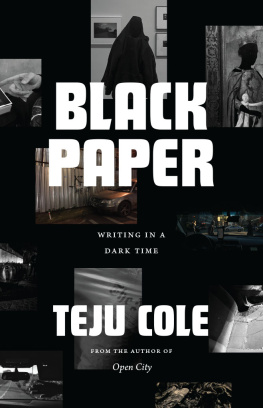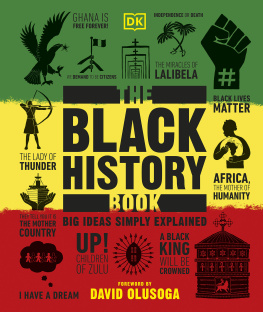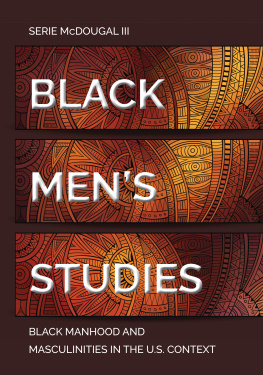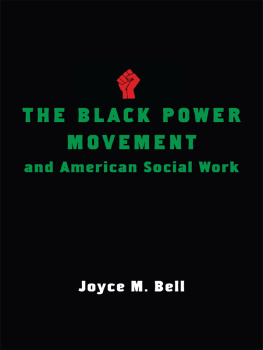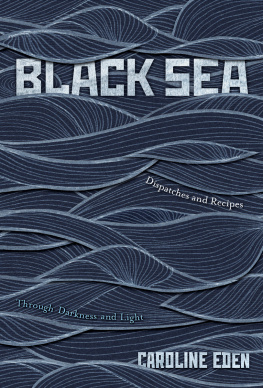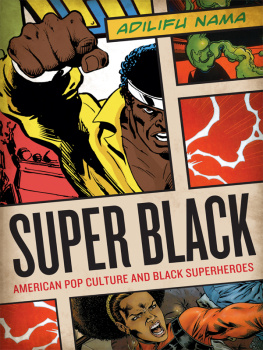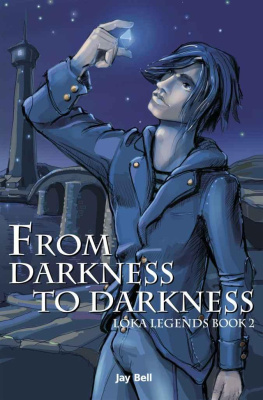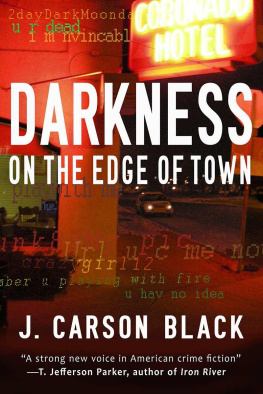The Black Sun
number ten
Carolyn and Ernest Fay Series in Analytical Psychology David H. Rosen, General Editor
The Black Sun the alchemy and art of darkness
Stanton Marlan
Foreword by David H. Rosen
texas a&m university press college station
Copyright 2005 by Stanton Marlan Manufactured in the United States of America All rights reserved First edition
The paper used in this book meets the minimum requirements of the American National Standard for Permanence of Paper for Printed Library Materials, Z39.48-1984. Binding materials have been chosen for durability. o
Library of Congress Cataloging-in-Publication Data
Marlan, Stanton.
The black sun : the alchemy and art of darkness / Stanton Marlan ; foreword by David H. Rosen.1st ed.
p. cm. (Carolyn and Ernest Fay series in analytical psychology ; no 10) Includes bibliographical references and index.
ISBN 1-58544-425-1 (cloth : alk. paper)
1. Jungian psychology. 2. AlchemyPsychological aspects.
3. Shadow (Psychoanalysis). 4. Self. I. Title. II. Series. BF175.M28345 2005
150.19'54dc22
2004021663
I dedicate this book to my wife, Jan; my children, Dawn, Tori, and Brandon; my grandchildren, Malachi and Sasha; and to my father Jack and my mother Sylvia.
I also dedicate this book to my patients and to others who have suffered an encounter with the black sun, and I hope that they may also come to know something of Sol niger's shine and the benevolence of darkness.
contents
Series Editor's Foreword, by David H. Rosen ix Acknowledgments xv Introduction 3
chapter 1
The Dark Side of Light 9
chapter 2
The Descent into Darkness 27
chapter 3
Analysis and the Art of Darkness 65
chapter 4
Lumen Naturae: The Light of Darkness Itself 97
chapter 5
The Black Sun: Archetypal Image of the Non-Self 148
Epilogue 211 Notes 215 Bibliography 237 Index 249
foreword
David H. Rosen
As far as we can discern, the sole purpose of human existence is to kindle a light in the darkness of mere being.
C. G. Jung
Nearly six months before Stan Marlan's superb 2003 Fay Lecture series on the black sun, I had this dream: There was too much light and brightness everywhere. I gave a talk on the need for darkness and its healing value. I said I could always leave Star, a town at the periphery. I realized that I could break off and leave and go to the Texas hill country and write haiku.
The dream is about enantiodromia and the restorative necessity of darkness and its nurturing solitude. I became aware that I could leave Star (a constant source of light) and end up alone in the Texas hill country writing haiku. This breaking off and leaving is what I call egocide (symbolic death), which leads to transformation (rebirth) through creativity.1
The black sun and the alchemy and art of darkness are subjects dear to my heart and soul.2 When I was in a psychic black hole contemplating suicide thirty-five years ago, my own darkness went through an alchemical process involving art.3 I was able to transcend my despair and later transform my depression, healing my soul through creativity. Art is healing, and the shadow of despair is the fuel for creativity. Darkness is critically needed in our too-well-lighted world. As Stan Marlan outlines in this important book, the secret is to engage in the alchemy and art of darkness, which yields creative endeavors through Jung's technique of active imagination. Usually I do this through painting and writing, most recently by completing a book on The Healing Spirit of Haiku.4
Given my experience with and affinity for darkness, I eagerly read Marlan's Black Sun, which explores darkness in vast and deep ways. Irvin Yalom states, Everyoneand that includes therapists as well as patientsis destined to experience not only the exhilaration of life, but also its inevitable darkness: disillusionment, aging, illness, isolation, loss, meaninglessness, painful choices, and death.5 Yalom also states that there is an inbuilt despair in the life of every self-conscious individual.6
In the deep dark the person alone sees light.
Chuang Tzu7
In the introduction, Marlan says that the black sun became a Zen koan for him. This got me thinking about the time I spent in Japan and the fact that in the Shinto religion the sun is considered a goddess. In other words, a black (yin) sun that glows and inspires creative works is Sol niger (black sun) functioning as a muse. Thus, in the land where darkness is praised, fear of the dark is overcome, and the black sun is a creative fire that heals.8 Most strikingand a testament of the truth of an inner shine of darknessis that blind people see light in their dark interior.
In chapter 1 Marlan begins with a focus on the sun as the source of light and its association with the King (a divine archetype). He gives several excellent alchemical examples of how the King must die in order to be born again. Closer to home, Elvis Presley, America's King, illustrates the theme of this book in that he represents a dark King. He got stuck in the nigredo (darkness) and was poisoned. However, after Elvis died he continued to live on, reborn as a dark or blue King with an inner spiritual glow.9
In chapter 2 we descend with Marlan into the darkness and see the necessity of experiencing one's own dark night of the soul. A case of a troubled woman is presented, which includes dramatic illustrations of the black sun. Her image of an exploding black sun is associated with the madness of her suicidal feelings. It may also have foretold an aneurysm in the anterior region of her brain. She survived this near-death experience but lost sight in one eye. This case underscores the danger involved in getting close to the black sun. Marlan presents another case, also of a woman in long-term analysis who creatively transforms her suicidal feelings based on contact with the black sun. This patient's words and drawings are profound, and Marlan links the deep, dark work to powerful archetypal images from art, religion, and literature.
Chapter 3 outlines how analysis (breaking apart) is like the alchemical processes of mortificatio and putrefaction. Marlan describes bril-liantlyand reveals through his alchemical psychological approach how analyzing the ego to death opens the psyche to creative transformations involving the deep art of darkness. In essence, Marlan shows us how darkness heals by shining through.
In chapter 4 Marlan focuses on Jewish mysticism (primarily the kabbalah), Taoist alchemy, and illuminating pictures from artists and patients. Through these it becomes clear that darkness itself glows with a unique spiritual light. Marlan humbles us before a myriad of glimpses of Sol niger.
The last chapter concerns the mystery of Self and non-Self as One or Not-One. I think his position would be acceptable to both Lao Tzu and Jung, although Jung was more comfortable with the dark side of the Self rather than non-Self. For Jungian analysts who are Buddhists, such as Polly Young-Eisendrath, the paradox of Self and non-Self makes particular sense.10 Jungian analysts who are Taoist in their spiritual orientation are also content with the irony of opposites: nothingness/ fullness, dark/light, and evil/good.11 Why? Because it is impossible to know one without the other. Transcendence of these opposites allows for the possibility of wholeness and emptiness. And, as we often see in this book, transformation of the opposites allows for creative art and healing.
In the epilogue, Marlan distills the essence of the journey he has taken us on from light to darkness and then to the light of darkness itself. I wholeheartedly support Marlan's maxim of preserving the mystery of Self and non-Self as a paradox. In the end it is both/and. Like Victor Hugo's last words, we see black light:
Next page
